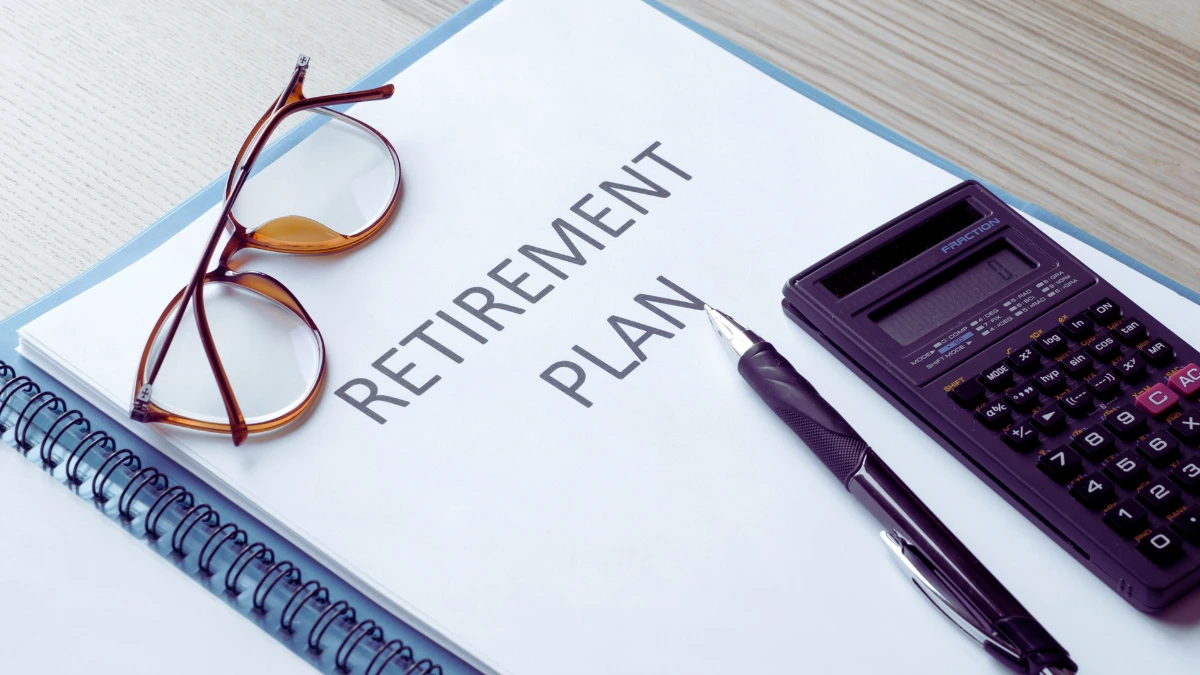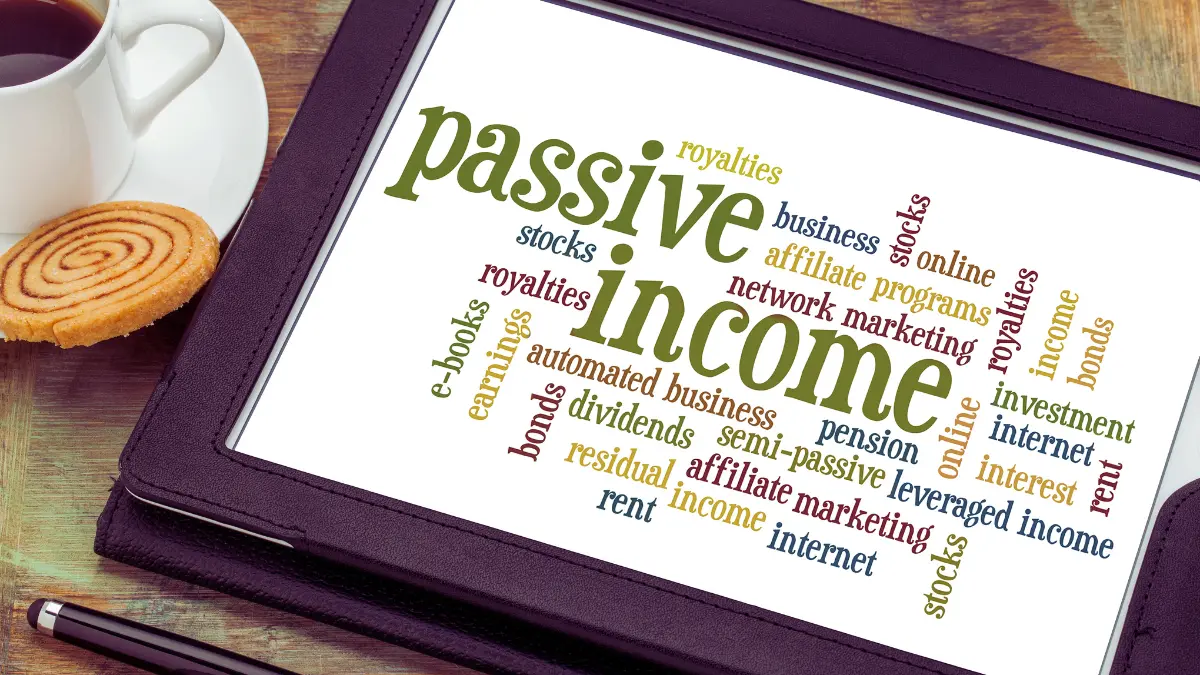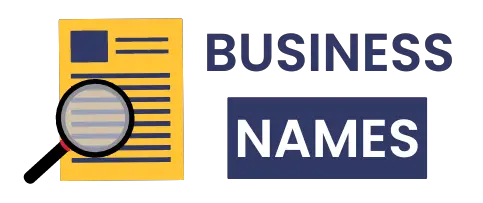You set a goal to retire by the age of 35. You read every FIRE blog. You cut your spending and maxed out your 401 (k). But here you are, still working and wondering what went wrong.
I get it. I was supposed to be sipping drinks on a beach by 35. Instead, I’m 40 and still showing up to work every day. Here’s the thing, though – I’m not mad about it anymore.
This article will show you why most FIRE by 35 plans fail. You’ll learn what I got wrong and how to fix your plan. Most importantly, you’ll see why “failure” might be success in disguise.
I Tried to FIRE by 35
At 30, I found the FIRE movement and thought I’d cracked the code. The math seemed simple, and my plan looked bulletproof.
My Original FIRE Plan Looked Perfect on Paper

In 2015, I earned $75,000 per year. I lived in a cheap city where rent was only $800 a month. My total expenses were about $35,000 a year.
The FIRE formula said I needed 25 times my annual expenses. That meant $875,000 would let me retire forever. With a 50% savings rate, I’d hit that number in just 5 years.
I had it all mapped out:
- Save $37,500 per year (50% of my income)
- Invest it all in low-cost index funds
- Expect 7% annual returns
- Retire at 35 with $900,000
The plan assumed my expenses would stay at $35,000 forever. I’d withdraw 4% each year ($36,000) and never run out of money.
The 4% Rule Made Everything Seem Easy

The math behind FIRE by 35 is based on the 4% rule. This rule says you can withdraw 4% of your portfolio each year without running out of money.
If you have $1 million, you can take out $40,000 every year. The remaining money keeps growing and replaces what you spent.
The rule comes from a study of historical market returns. It worked every 30 years since 1926. What could go wrong?
At 30, I didn’t think about inflation. I didn’t worry about the sequence of returns risk. I assumed my $35,000 lifestyle would work forever.
My First Two Years Went Exactly as Planned

2015 and 2016 were great years for my FIRE plan. The stock market went up 13% and 12%. My savings rate hit 55% because I got a small raise.
By the end of 2016, I had $80,000 invested. I was ahead of schedule and feeling great. Online FIRE calculators said I’d retire by age 34.
I started telling friends about my plan. Some thought I was crazy. Others wanted to know my secret. I felt like I’d figured out something most people missed.
My spending stayed low because I was motivated. I rode my bike everywhere. I cooked all my meals at home. I shared a small apartment with a roommate.
When My Perfect Plan Started Falling Apart

Then real life happened. And real life doesn’t follow FIRE spreadsheets.
In 2017, I got a better job offer in a more expensive city. The salary was $95,000, but rent jumped to $1,400 a month. My expenses went up to $45,000 a year.
This changed everything. I now needed $1.125 million to retire instead of $875,000. That pushed my retirement date back two years.
But I told myself it was fine. I was making more money and could still save a lot.
Then, 2018 brought the first market crash since I started investing. My portfolio dropped 15% in three months. Suddenly, I was behind schedule again.
The stress of watching my net worth fall was harder than I expected. I started to wonder if this whole FIRE thing worked.
Why I’m Still Working at 40
Five years past my target retirement date, I’m still going to work every morning. But the reasons might surprise you.
1. My Basic Math Had Fatal Flaws

I made calculation errors that doomed my plan from the start. The numbers looked good on paper, but they ignored real-world costs.
- Inflation destroyed my purchasing power. I calculated everything in 2015 dollars. But prices go up every year. My $35,000 lifestyle in 2015 costs $42,000 today. In 10 more years, it’ll cost $50,000. I should have calculated my FIRE number in future dollars, not current ones. This single mistake added $250,000 to what I needed.
- Taxes hit harder than expected. I thought my investment gains would be mostly tax-free. Wrong. When you sell investments, you pay capital gains tax. Even Roth IRA withdrawals before 59.5 come with rules and penalties. My 4% withdrawal rate assumed I’d keep the full 4%. In reality, taxes take 15-20% of that. So my safe withdrawal rate was 3.2%.
- Emergency funds proved too small. I saved six months of expenses for emergencies. But real emergencies cost more than monthly expenses. When my car died and I needed a new roof in the same year, I spent $15,000. My emergency fund was only $18,000. I learned you need 12-18 months of expenses saved, not six. This was another $20,000 I hadn’t planned for.
2. Life Changes Wrecked My Timeline

At 30, I thought I could control my future. I was single, healthy, and had no major responsibilities. Then life happened.
- My family situation completely changed. I met my wife in 2018. She had $40,000 in student loans. We wanted to buy a house together. Our wedding cost $25,000. These weren’t bad things. But they weren’t in my FIRE calculator either. Love doesn’t follow financial independence spreadsheets.
- My parents needed help. Dad had a heart attack at 62. Mom broke her hip and couldn’t work for six months. Suddenly, I was helping with their bills and flying home every month. Taking care of family is part of being an adult. But it costs money I hadn’t budgeted for.
- We decided to have kids. Daycare costs $1,200 a month. We needed a bigger house. My wife took time off work when our daughter was born. Our expenses doubled while our income dropped 30%. Kids change everything about your finances. Every parent knows this, but somehow I thought I’d be different.
- Geographic moves kept happening. I’ve lived in four different cities since starting my FIRE plan. Each move costs $5,000-10,000. Each city had different costs of living. You can’t optimize your expenses when you keep changing locations.
3. Healthcare Costs Became My Biggest Shock

This deserves its section because healthcare destroys most early retirement plans.
- Employer insurance spoiled me. At work, I pay $200 a month for great coverage. I thought that’s what insurance costs. I was completely wrong.
- ACA marketplace plans cost 3x more. The same coverage costs $650 a month on the marketplace. That’s an extra $5,400 per year I never budgeted for.
- Deductibles are massive. Marketplace plans have $3,000 to $8,000 deductibles. You pay full price for everything until you hit that number. One emergency room visit could cost $10,000 out of pocket.
- Family coverage gets expensive fast. My current family plan through work costs $400 a month. On the marketplace, it would be $1,300. That’s $10,800 more per year just for insurance.
- Age makes everything worse. A 35-year-old pays $500 monthly for decent coverage. A 45-year-old pays $700. A 55-year-old pays $900. Healthcare costs go up every year you get older.
The total healthcare cost for early retirement can easily hit $20,000 a year for a family. I had budgeted $3,000.
4. My Career Took Off in Ways I Never Expected

Here’s something no FIRE blog prepared me for – work got way better as I got older.
- My income exploded. At 30, I made $75,000. At 35, I was earning $120,000. By 40, I make $180,000. My income went up 140% in 10 years. Staying in the workforce was like getting a raise every year.
- I gained valuable skills. The experience I got from ages 30-40 made me much more valuable. I can solve problems now that I couldn’t even understand at 30. Companies pay a lot for expertise.
- Leadership opportunities opened up. As I got older, companies started offering me management roles. These came with stock options, bonuses, and equity I never had access to at 30.
- My network became powerful. The relationships I built led to consulting opportunities and business partnerships. I make an extra $40,000 a year from side projects that came through work connections.
- Remote work gave me freedom without retirement. I can work from anywhere now. I’ve worked from 20 different cities in the past three years. I get the travel lifestyle without giving up my income.
5. My Relationship with Money Completely Changed

The person I was at 30 had a scarcity mindset. I thought I needed to hoard every dollar. At 40, I think about money differently.
- I stopped being cheap and became smart. Cheap means buying the lowest price option. Smart means buying the best value. I used to buy cheap everything. Now I spend more on things that last and less on things that don’t matter.
- Money became a tool, not a goal. At 30, my goal was to accumulate as much money as possible. Now money is just a way to create the life I want. I spend more freely on experiences and less on stuff.
- I learned to enjoy the present. My early FIRE mindset made me sacrifice everything for the future. I missed out on trips, dinners, and experiences because they weren’t in the budget. Now I balance saving with living.
- Giving money away felt amazing. We donate 15% of our income to charity now. Helping others gives me more satisfaction than watching my net worth grow. Money feels better when it’s moving, not sitting still.
- Work became meaningful instead of just income. At 30, work was something to escape from. Now I see my job as a way to solve interesting problems and help people. Purpose matters more than paychecks.
6. What Financial Success Looks Like at 40

I didn’t retire at 35, but I’m way more financially secure than I ever imagined possible.
- My net worth crushed my original goal. I wanted $875,000 by 35. At 40, I have $1.4 million. Staying in the workforce longer got me to a much bigger number.
- I have real options now. I could quit my job tomorrow and be fine for three years. I could take a 50% pay cut to do work I love. I could move anywhere in the world. This is what financial independence feels like.
- My income keeps growing. At 35, I thought my earning years would be over. Instead, I’m making more money than ever. My skills are worth more now than they were 10 years ago.
- Money stress is completely gone. At 30, I worried about every purchase. I tracked every dollar. Now I know we’ll be fine no matter what happens. That peace of mind is worth more than early retirement.
- We can take bigger risks. I started my own consulting business last year. I can afford to fail because we have a financial cushion. This safety net creates opportunities instead of just security.
- Our family’s future is secure. We can pay for our kids’ college. We can help them buy houses. We can leave them wealth when we die. Staying in the workforce longer means our family will be better off for generations.
My New FIRE Strategy That Works

I still believe in financial independence. I just don’t think retiring at 35 is realistic for most people. Here’s what I do differently now.
- I target Coast FIRE instead of full FIRE. Coast FIRE means saving enough by 40 that compound growth handles the rest. You need way less money upfront and can relax in your 40s and 50s.
- I focus on growing income, not just cutting expenses. Cutting expenses has limits. You can’t spend less than zero. But income has no ceiling. I spend time learning new skills instead of just tracking every dollar.
- I build multiple income streams. I have my main job, consulting work, rental income, and dividend stocks. Multiple income sources make me less dependent on any single source of money.
- I invest in cash-flowing assets. We own our home and three rental properties. Real estate provides monthly income and builds wealth differently from stocks. It’s also protection against inflation.
- I maximize every tax advantage. I put $23,000 in my 401k, $7,000 in my IRA, and $4,300 in my HSA every year. That’s $34,300 growing tax-free. These accounts are wealth-building superpowers.
- I plan for 50 instead of 35. This gives me 15 more years to save and earn. It also means I need less money because I have fewer retirement years to fund.
The new plan is less extreme but way more realistic. I’ll have more money and more options when I do retire.
Why Missing FIRE by 35 Was Perfect

Looking back, not retiring at 35 was the best thing that happened in my life.
I learned that FIRE isn’t about the age you stop working. It’s about having choices. Financial independence means you work because you want to, not because you have to.
At 40, I have those choices. I can quit if I want. I can change careers. I can work part-time. I can take a year off. The money gives me freedom to choose.
Most importantly, I discovered that a good life isn’t about escaping work. It’s about finding work that energizes you. Some of my best days happen at the office working on projects I care about.
If you’re behind on your FIRE by 35 plan, relax. You’re probably doing better than you think. Focus on building wealth and skills instead of hitting some random retirement age.
Your 40s might be the most productive and profitable decade of your life. Don’t rush to skip them.
The real goal isn’t to retire young. It’s to build a life so good you don’t want to retire from it.

